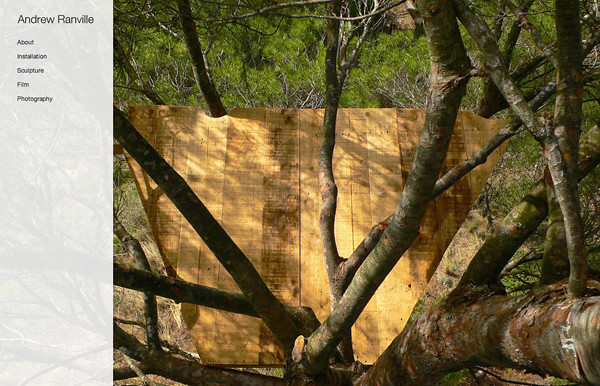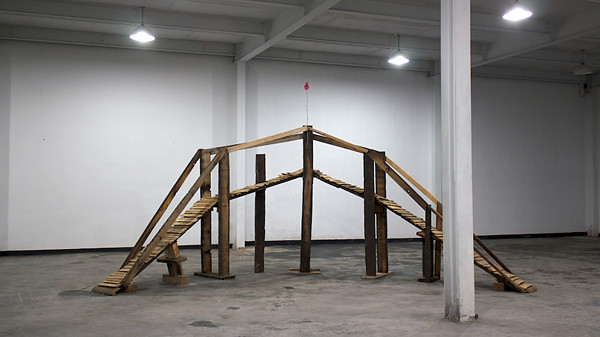



Announcing the Rabbit Island Artist-in-Residence Andrew Ranville:
“We hope to encourage sculptors, composers or poets to create the unexpected and to turn ecological issues into aesthetic ones. And by creating encounters and collaboration between artists and specialists in all fields, from farmers and artisans to biologists, zoologists, botanists, etc, it is hoped to foster creativity and a more enhanced understanding of the mechanisms of a specific locality and of the frailty and resilience of nature.”
–Gertrud Købke Sutton explaining the aims of the Tranekær International Centre for Art and Nature
(TICKON) on the island of Langeland, Denmark.
While the locale may be different, Suttonʼs description closely outlines the jump-off point for what we hope to explore on Rabbit Island. As we continue to live in a world where overpopulation, pollution, climate change and dwindling resources shape and change our interaction with our environment, art and ecology are being forced closer together. Since the Land Art movement of the 1960s, a growing number of artists and other creative practitioners have focused their work on – and in – the natural environment.
An important question we ask today is how do we live sustainably in our physical surroundings? Do we make art that considers from concept, to material, to realization, how it will interact and exist in the environment? Do we create something that gives to nature, or that takes away?
There will be a place where those questions can be engaged head-on. In a wild, remote location where one will be forced to interact with nature in a very raw and direct way. Rabbit Island is that place. A forested island of over 90 acres located in the largest freshwater lake in the world–-what better place to experience unspoiled nature and truly challenge an artist?
I have the honor and privilege to be the first artist-in-residence on Rabbit Island. While I plan to document and engage with the island through my own artistic practice, my main goal will be to help build the facilities that will enable future artist residents. Once a studio and cabin are constructed, an official artist residency program will be established. Artists from around the world will then be invited to take part in this unique project. By engaging with a number fields outside of art, and collaborating directly with the environment, the artists and Rabbit Island together can then evolve not as a project, but a symbol for something greater, and in time, possibly a movement in itself.
-Andrew Ranville, MFA
Slade School of Fine Art; London, England
